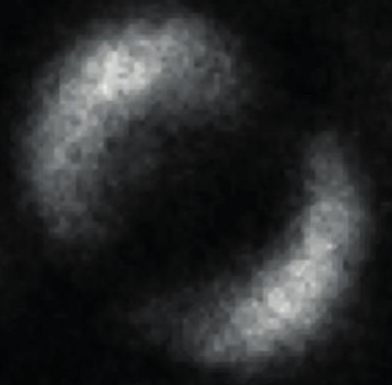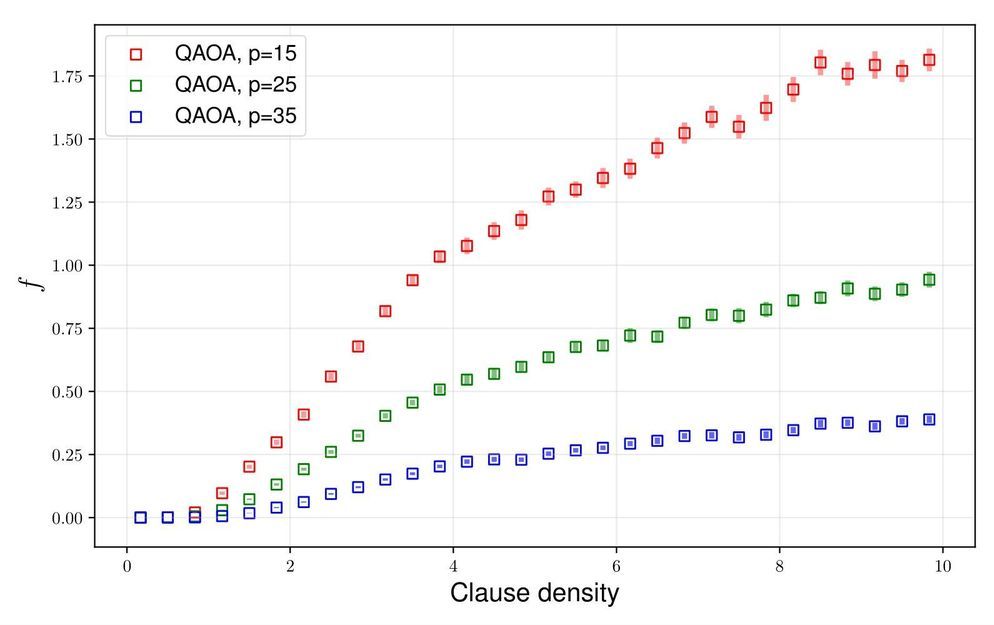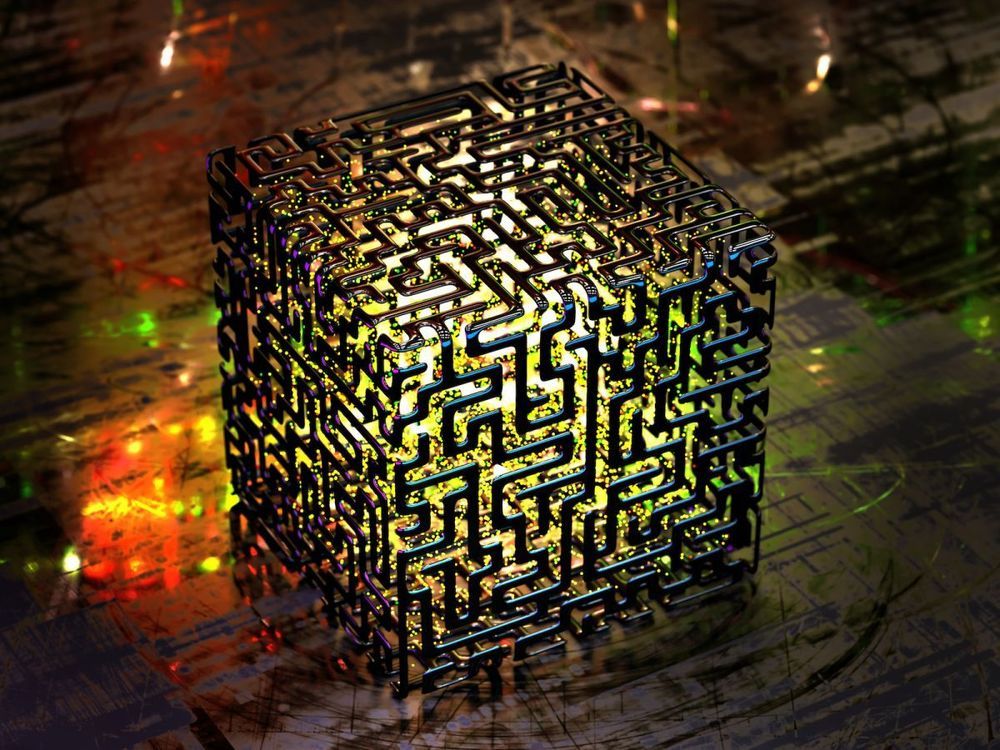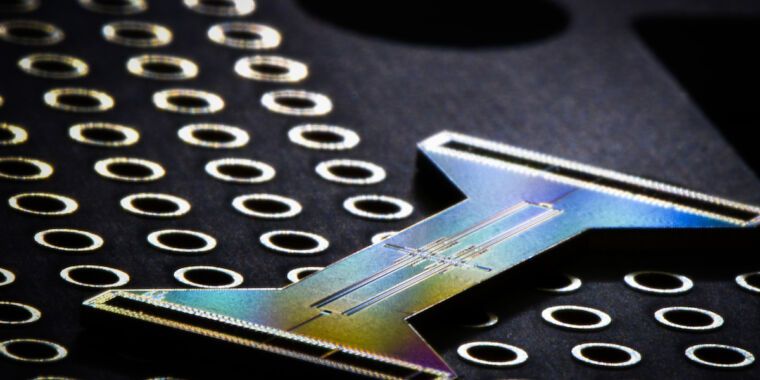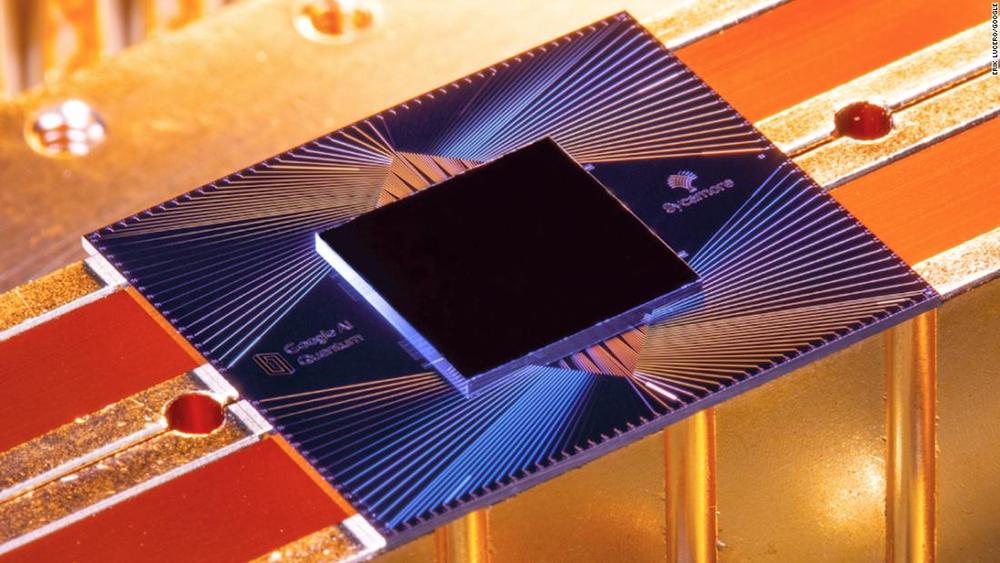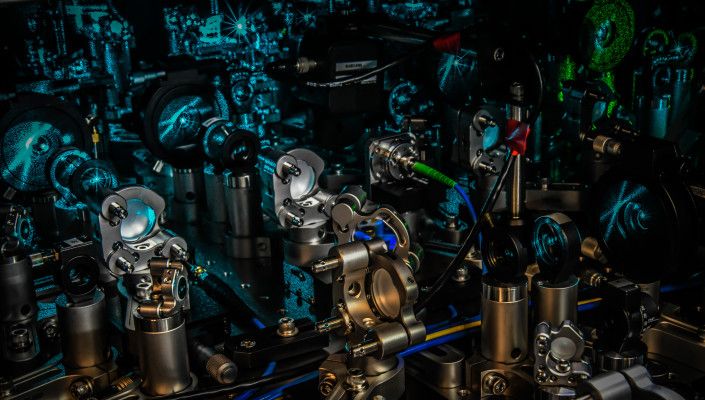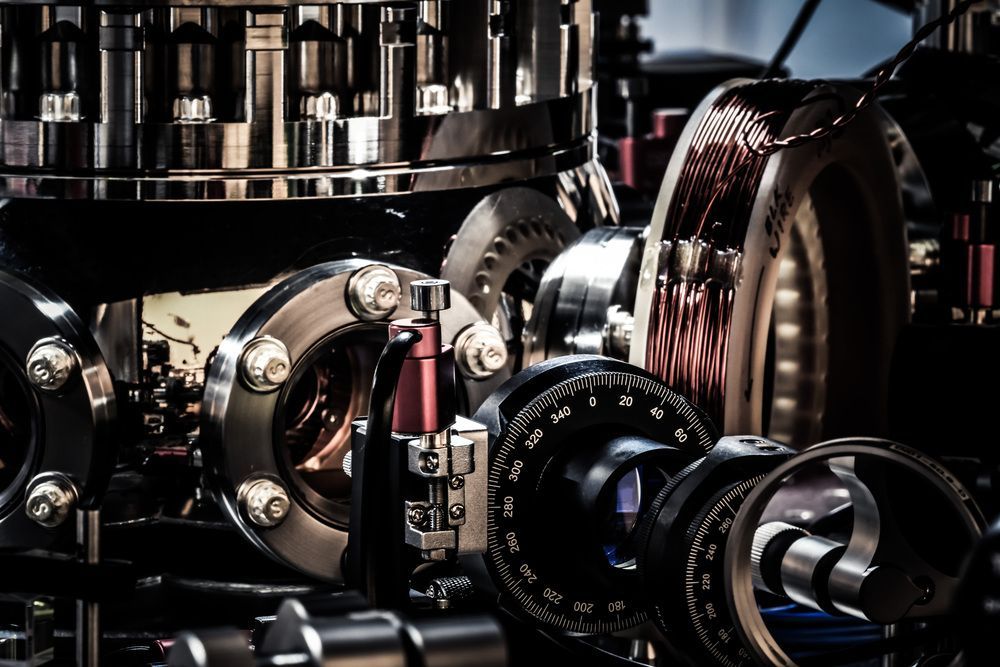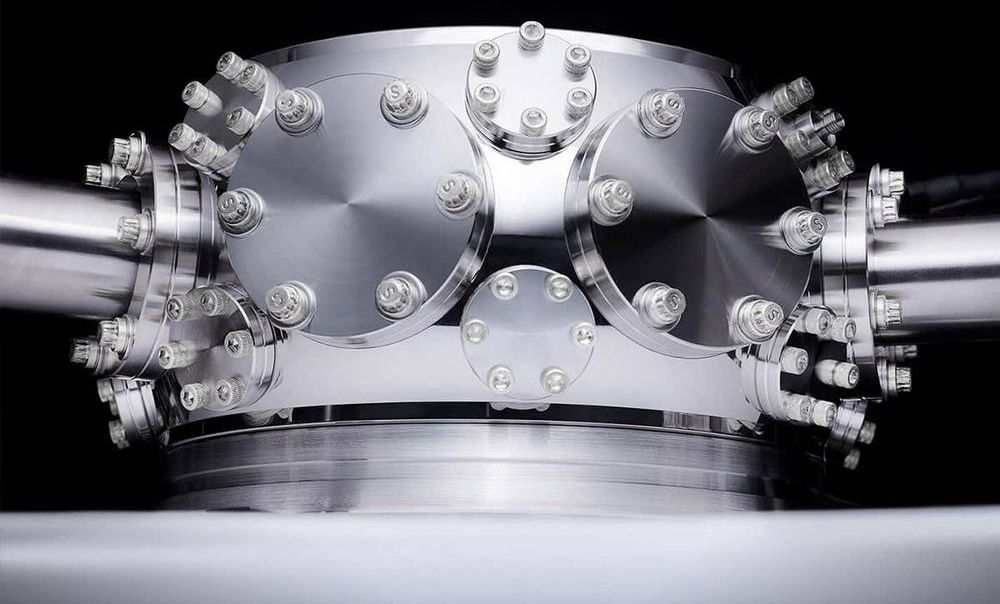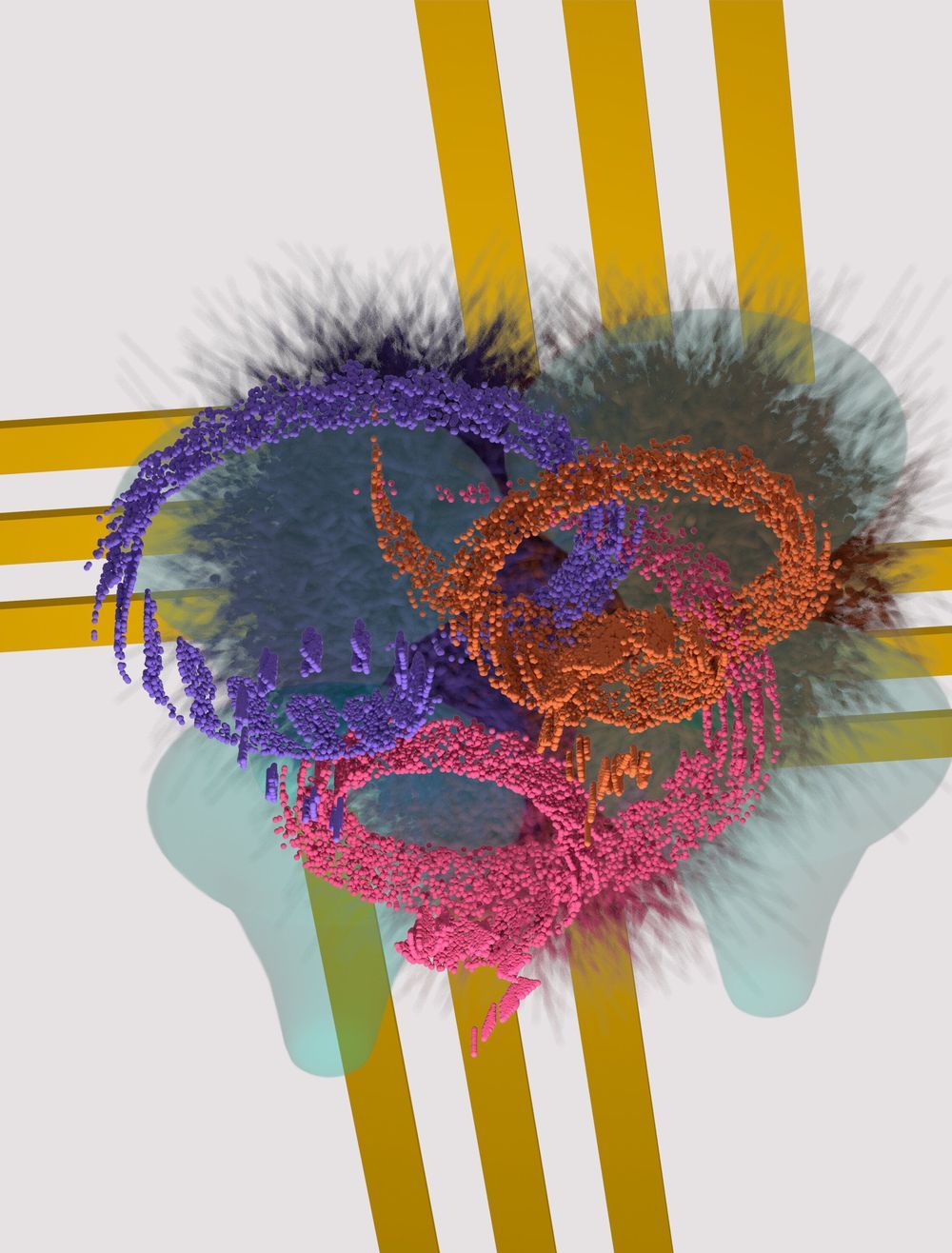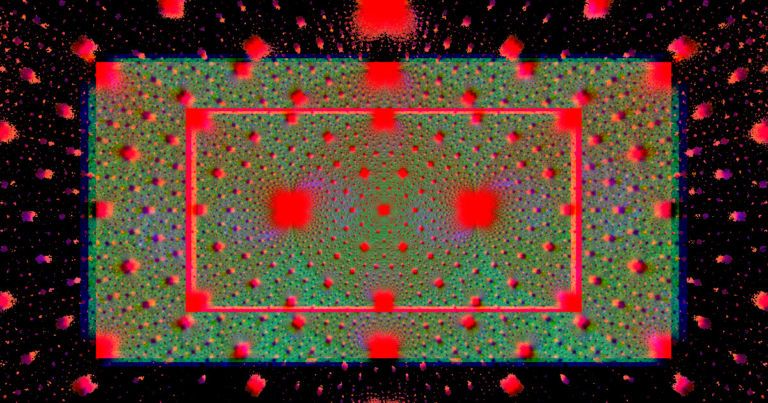Mar 7, 2020
This Is the World’s First Image of Quantum Entanglement
Posted by Genevieve Klien in categories: particle physics, quantum physics, space
During the 1930s, venerable theoretical physicist Albert Einstein returned to the field of quantum mechanics, which his theories of relativity helped to create. Hoping to develop a more complete theory of how particles behave, Einstein was instead horrified by the prospect of quantum entanglement — something he described as “spooky action at a distance.”
Despite Einstein’s misgivings, quantum entanglement has gone on to become an accepted part of quantum mechanics. And now, for the first time ever, a team of physicists from the University of Glasgow took an image of a form of quantum entanglement (aka Bell entanglement) at work. In so doing, they managed to capture the first piece of visual evidence of a phenomenon that baffled even Einstein himself.
The paper that described their findings, titled “Imaging Bell-type nonlocal behavior,” recently appeared in the journal Science Advances. The study was led by Dr. Paul-Antoine Moreau, a Leverhulme Early Career Fellow at the University of Glasgow, and included multiple researchers from Glasgow’s School of Physics & Astronomy.
